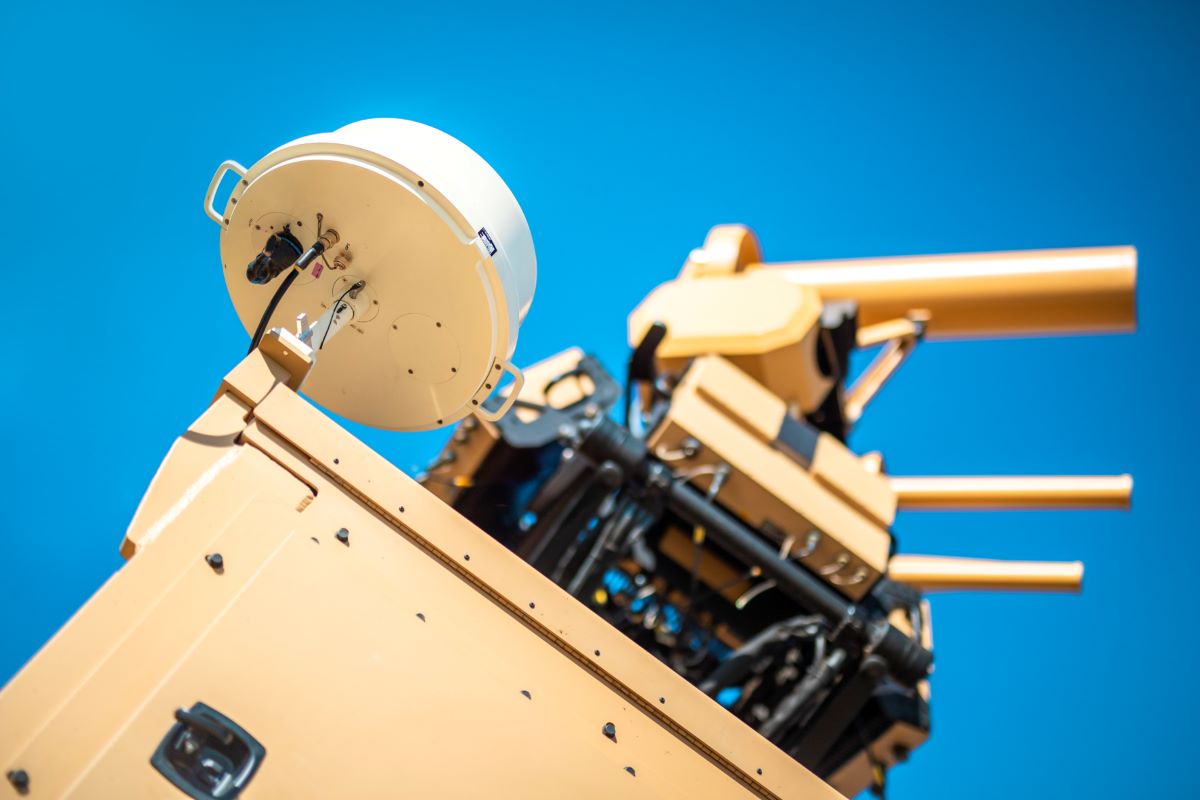
Counter-drone specialists D-Fend Solutions and Liteye Systems are coming together in a new partnership to improve rouge drone detection and broaden operator response to threats. Their combined capability will allow for multiple detection options and an in-depth defense mechanism, with responses tailored to specific scenarios.
According to the two companies, a system integration between their products EnforceAir and SHIELD has resulted in a new, more robust counter-drone solution called SHIELD-Cyber.
This multilayered solution is capable of addressing complex drone threats from both RF control and RF silent waypoint navigation. The system uses EnforceAir’s radio frequency detection in conjunction with radar detection, track, and ID to positively identify the targeted drones.
Basically, EnforceAir provides data about the drone type, protocol, and frequency to classify the threat. And SHIELD operators utilize this information to determine which frequencies to jam to mitigate the drone threat.
Zohar Halachmi, chairman and CEO of D-Fend Solutions, stresses that the combined solution can be counted on for stronger countermeasures against drone threats while allowing for a safer outcome for troops, personnel, and infrastructure. Here’s Halachmi:
This partnership provides a multilayered cyber, radar, visual and jammer combined system of systems solution to serve the complex counter-UAS environment, with heightened benefits to operators across sectors and use cases.
Other benefits of this technology integration include:
- Combat-proven components, platform-agnostic, reduced labor requirements, and increased detection and mitigation range.
- Mobile and on-the-move capability to passively monitor and defeat RF-controlled drones, while additionally detecting and defeating “silent flight,” or ground and other threats.
- Controlled retraction of full SHIELD detection capability by employing EnforceAir detection if radar use is not possible due to non-clear line-of-sight or strong ground reflections, or when the mission requires only passive/silent operations.
- Additional mitigation capabilities for a more controlled, less disruptive defense.
- Easy and accurate identification of drone operator location and elimination of rogue drones with a real-time location accuracy of airborne threats, takeoff locations, and operator’s hand controller location.
Read: Are Skydio drones FAA Remote ID compliant?
FTC: We use income earning auto affiliate links. More.



Comments